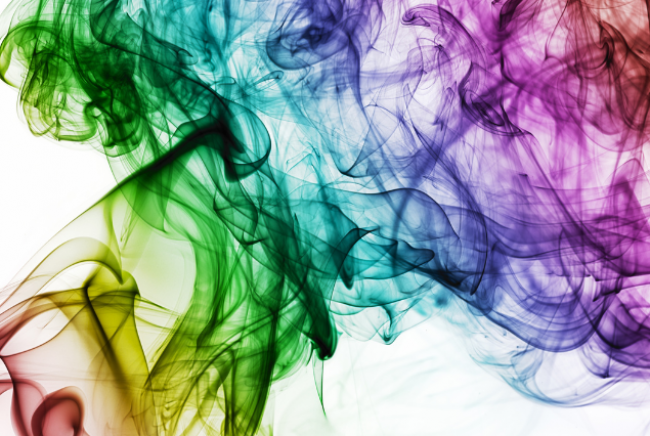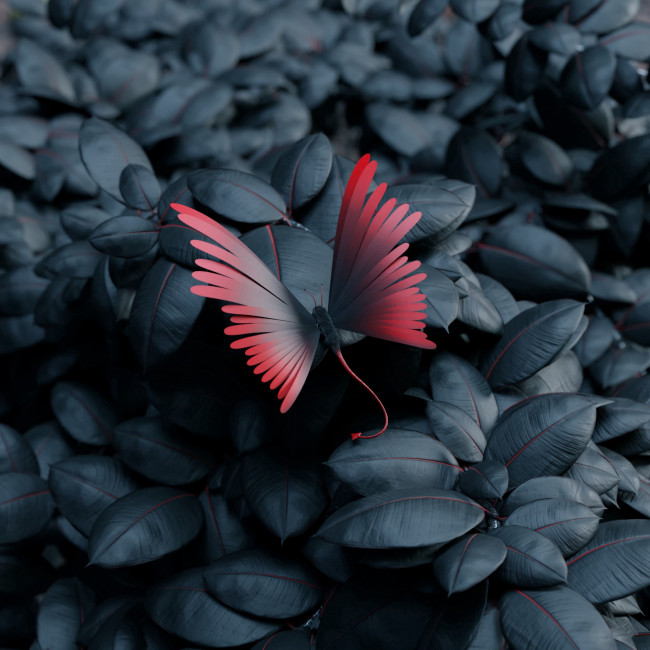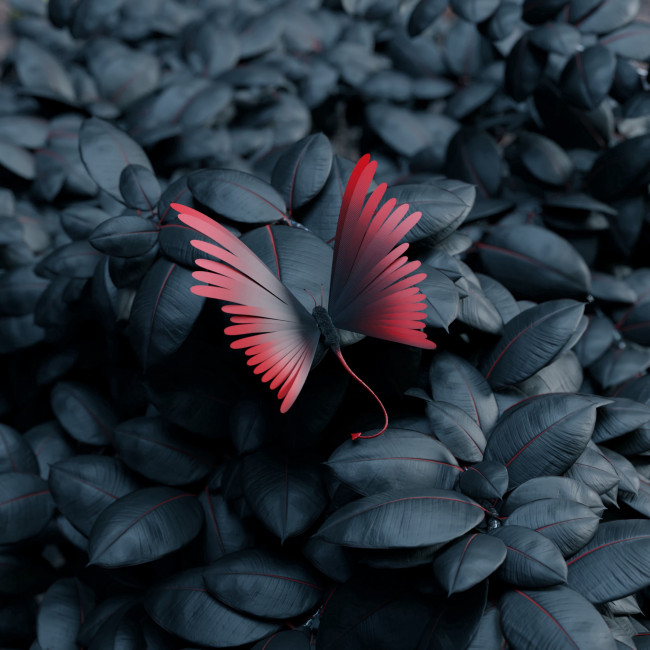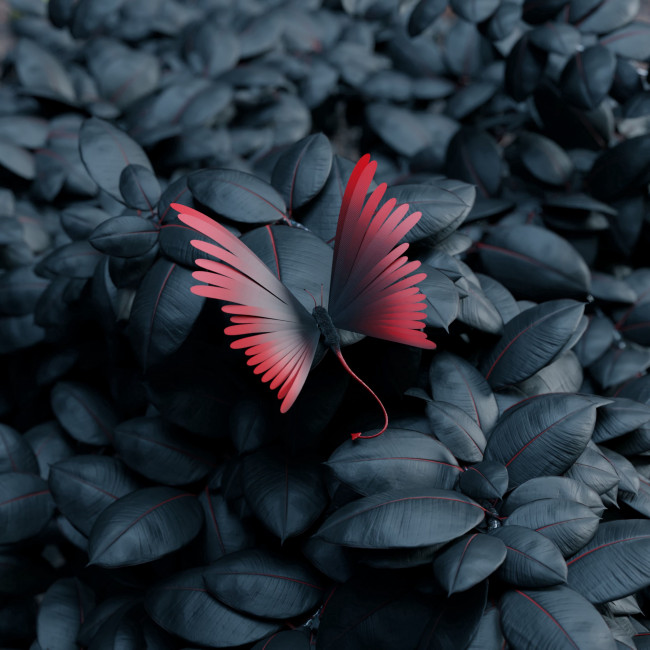Choosing the right colors for your website, blog, or social media images can be a daunting task. But did you know that there's actually a science behind it? Colors can impact our emotions and how we perceive things, so it's important to choose them carefully if you want to create an effective marketing campaign. In this blog post, we'll explore the psychology of color in images and how you can use it to your advantage. So whether you're choosing photos for your website or designing ads for social media, keep reading to learn more about the power of color in marketing!
The psychology of color is a complex topic that has been studied for centuries
The psychology of color has been examined for centuries, yet there is still much to learn about how the colors we see influence how we think and feel. Color can be used to provoke strong emotions and strengthen a message, or it can be used tastefully to create a sense of consistency. It isn't as simple as happy = yellow and sad = blue though; each person has different perceptions of color and culture plays an important role too. Colors also interact with one another, so the meaning behind each shade is always changing depending on the context. Although more research will be needed to gain comprehensive understanding of the psychology of color, those who have studied this topic have significantly shaped our knowledge today.
Colors can evoke certain emotions in people, which can be exploited by marketers
Colors have long been known to be powerful mood-setters, with different hues inspiring different emotions in people. It is easy to see how marketers can take advantage of this fact when trying to draw the attention of potential customers. From calming blues and greens to energizing oranges and bright purples, companies can choose a color palette that best resonates with their target audience, helping create a strong brand identity. Research even suggests that some colors may even make people more likely to make a purchase decision. Ultimately, using color psychology correctly is a powerful tool for marketers that shouldn't be overlooked!
Images are often more impactful than words when it comes to marketing
Images have the power to elicit reactions in viewers, often providing more of an impact than words alone. In today's marketing landscape, images serve as a powerful tool for captivating and persuading potential customers, conveying messages that they may not be aware of or even read in word-heavy content. A well-crafted image can quickly convey ideas and spark emotions that words alone cannot express, creating an instant bond between brand and customer. By efficiently communicating essence and emotion of a message to viewers through images, marketers are consistently finding ways for their message to stand out from the crowd.
The right colors in images can help to sell products or services
Images are a key part of the marketing process for any business. In recent years, research has found that the colors used in an image can be almost as important as the actual product or service being advertised. This is because people have a stronger emotional reaction to certain colors than others, and this can be used to draw them in and encourage them to buy. Color theory has proven that items like red create feelings of urgency or passion, while blue gives off a sense of trustworthiness or dependability. By using the right colors in an image, businesses can give their products and services an added edge and make it more likely that customers will choose to purchase them.
Some colors are more effective than others when it comes to marketing
Colors are a powerful marketing tool and can be used to evoke strong emotions in customers. Studies have shown that certain colors are more effective than others when it comes to getting people's attention and making them connect with a brand. For example, yellow is associated with warmth and cheerfulness, so it is often used to attract buyers who seek these qualities in the product. Red signals urgency and excitement, which is why it's frequently chosen for discounts or promotions. Blue implies trustworthiness and strength, perfect for attracting customers looking for reliable products. However, the best color choice will always depend on the target audience and the message being conveyed through the advertisement. By understanding this relationship between color and marketing, companies can capitalize on subtle psychology to draw potential buyers to their brand.
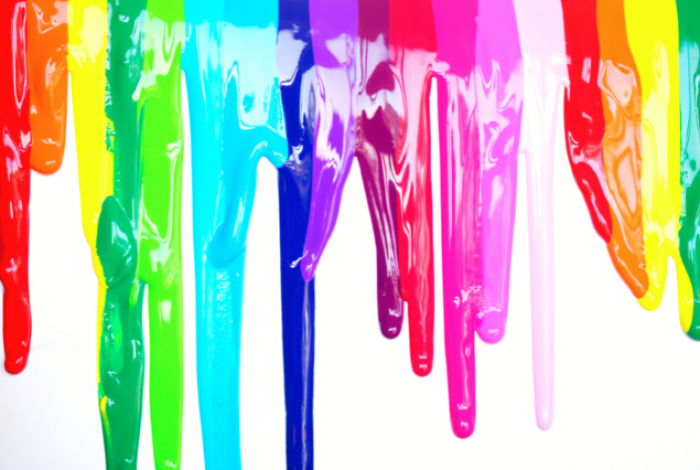
Image format in the digital marketing
Understanding the different image formats and their uses are essential to any digital marketer. The png format is commonly used for web design and can be easily compressed without losing too much quality, while the webp format is becoming popular due to its ability to reduce file sizes further and provide improved performance on mobile devices. These advantages have led many websites and applications to begin using png-to-webp conversion for their images, as smaller file sizes can lead to faster loading times with better responsiveness. Whether manipulating existing images or creating visuals from scratch, digital marketers must have a good grasp of image formating in order to produce optimized content that stands out among competition. For converting images you can use many png to webp converter online free. This Online Tool Site will allow you to convert images in bulk and free unlimited time.
Bad Colour in Images :
The perception of "bad" colors in images can be subjective and vary depending on factors such as cultural background, personal preferences, and the intended purpose of the image. However, there are some generally accepted principles that can help avoid using colors that are considered unpleasant or unattractive. For example, colors that clash or create a high contrast can be jarring to the eye and create a feeling of discomfort or unease. Similarly, overly bright or saturated colors can be overwhelming and distracting. In contrast, muted or neutral colors can create a calming effect. The choice of colors in an image can also affect the mood or emotion conveyed. For instance, warm colors like red, orange, and yellow can evoke feelings of energy, excitement, and happiness, while cooler colors like blue and green can be calming and soothing. When it comes to selecting colors for an image, it's a good idea to consider the context and purpose of the image, as well as the audience it is intended for. For example, a company's branding colors might need to be consistent across all images and materials, while a nature photograph might benefit from more natural, earthy tones.
Color is a complex topic that has been studied for centuries and can evoke certain emotions in people, which can be exploited by marketers. Images are often more impactful than words when it comes to marketing, and the right colors in images can help to sell products or services. Some colors are more effective than others when it comes to marketing, so marketers need to be careful not to overuse color in their images or they risk turning people off.

